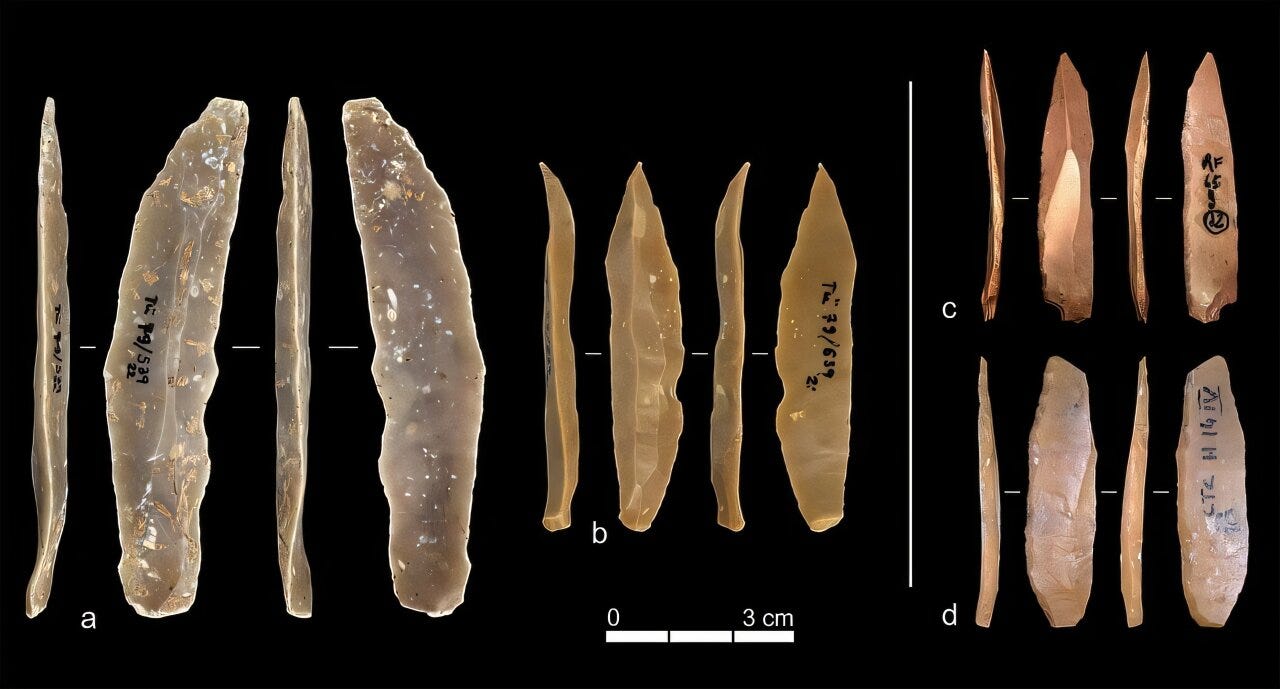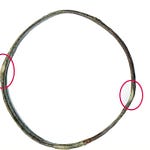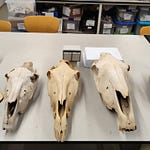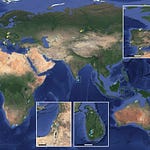A Tale of Two Beginnings
For more than half a century, the story of Homo sapiens’ expansion into Europe has rested on a tidy narrative: a wave of modern humans, armed with Levantine ingenuity, pushed westward out of the Near East roughly 45,000 years ago. Their tools, refined and elegant, heralded the so-called Protoaurignacian culture—Europe’s earliest trace of our species.

But tidy stories rarely survive the messiness of the archaeological record. A new study1 by Armando Falcucci of the University of Tübingen and Steven Kuhn of the University of Arizona argues that Europe’s first Upper Paleolithic toolmakers didn’t simply inherit their know-how from Levantine ancestors. Instead, the evidence points to something far more interesting: two populations of Homo sapiens—one in the Near East, another in southern Europe—arriving at similar technological solutions on their own.
“Cultural convergence is not imitation—it’s parallel invention under similar pressures,” explains Dr. Elena Rossi, a paleoarchaeologist at Cambridge University. “What Falcucci and Kuhn show is that human ingenuity did not radiate from a single hub but flickered independently across continents.”
Listen to this episode with a 7-day free trial
Subscribe to Anthropology.net to listen to this post and get 7 days of free access to the full post archives.









